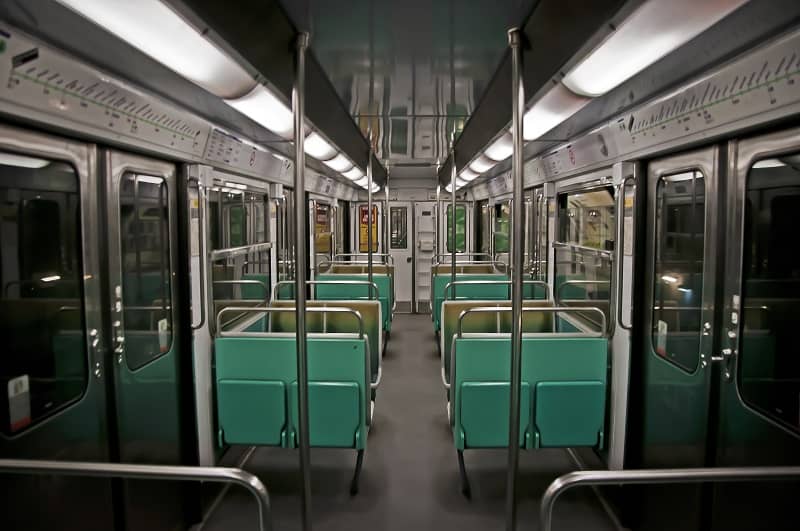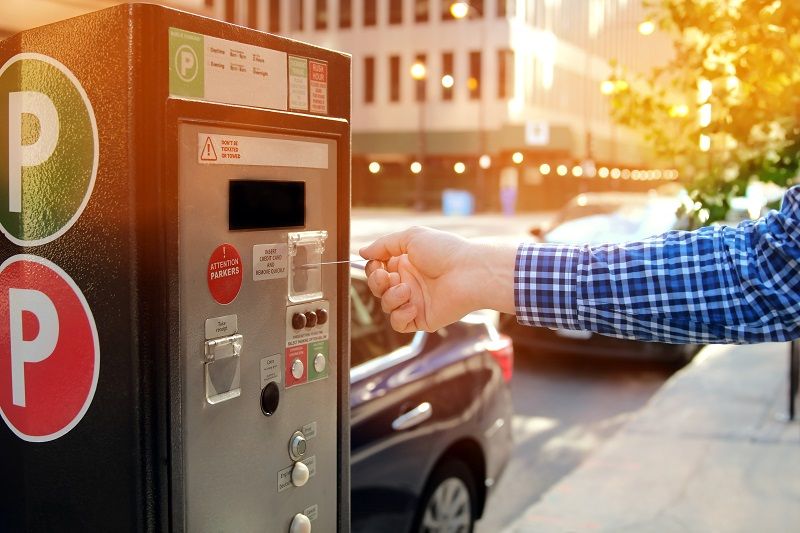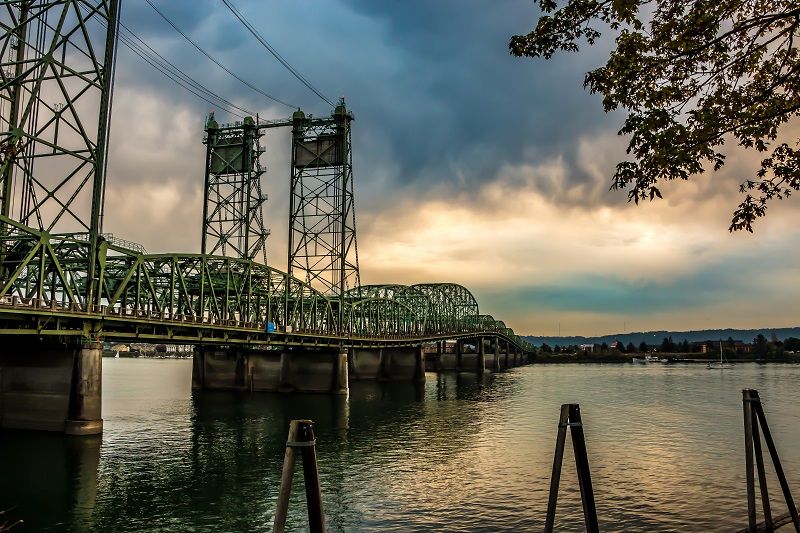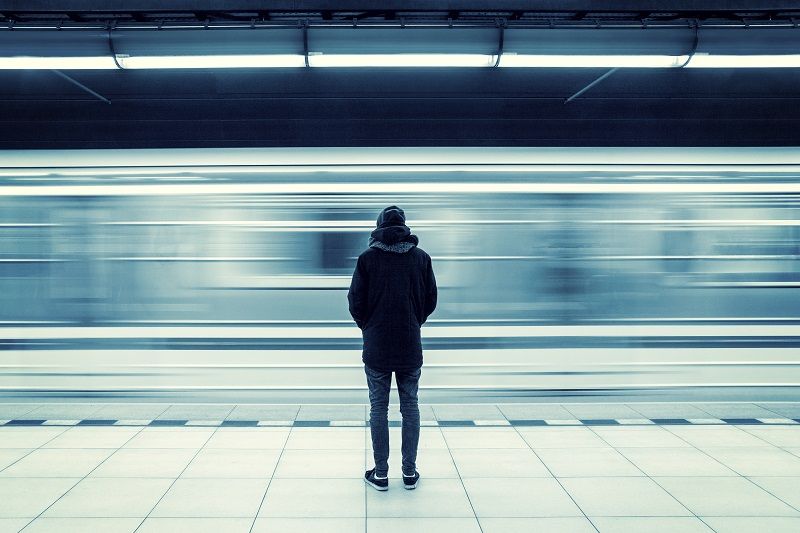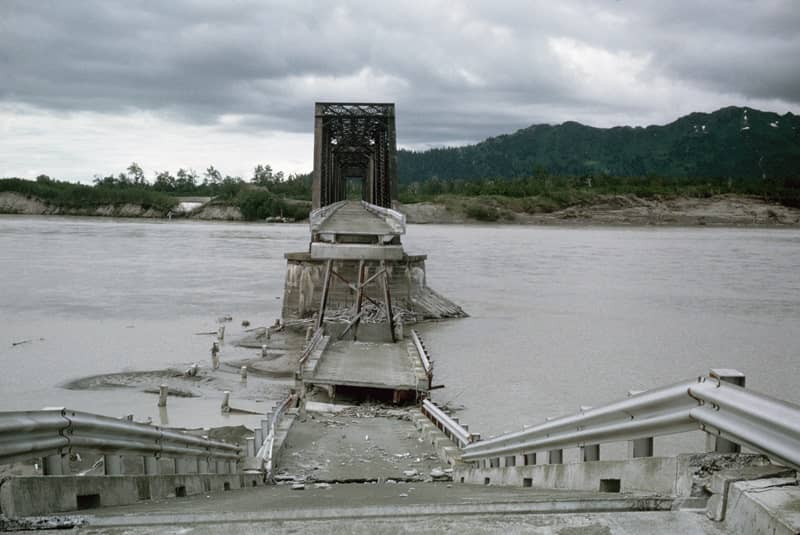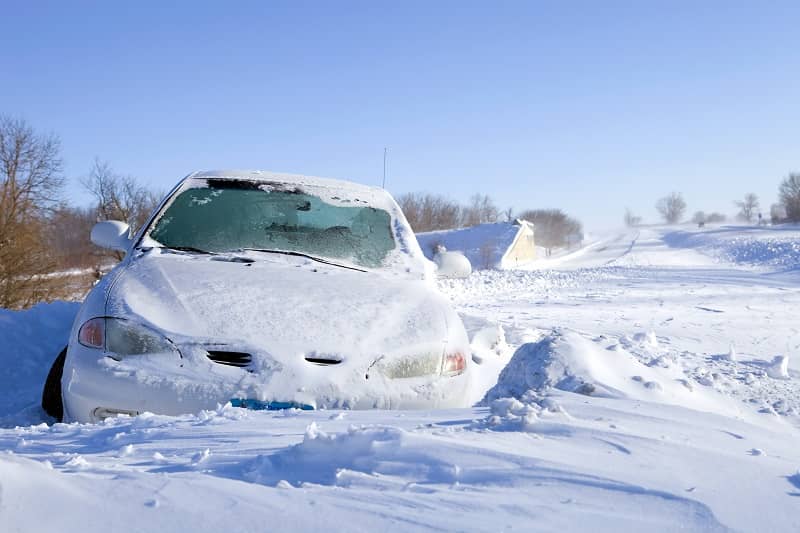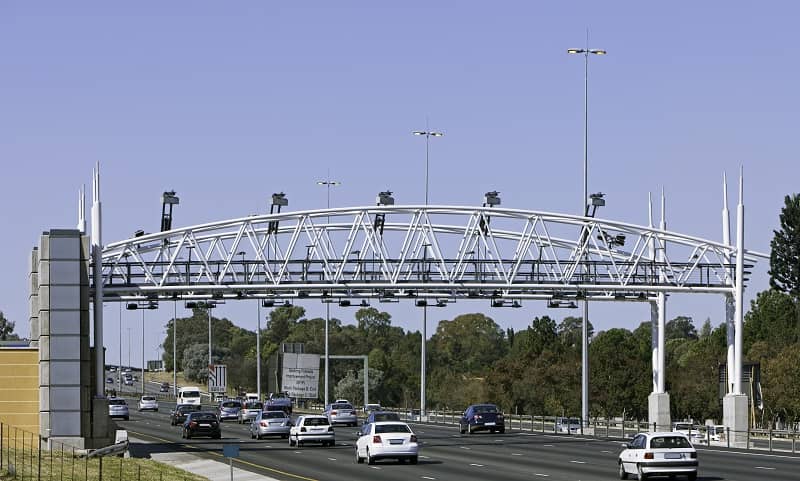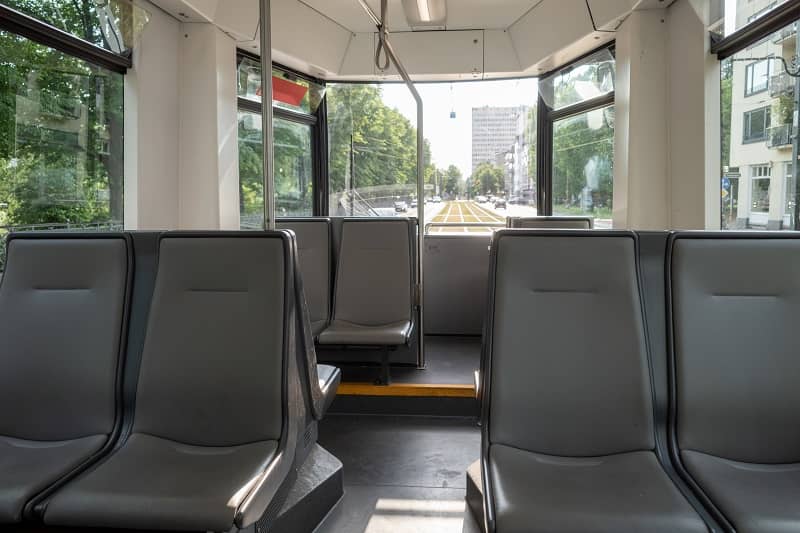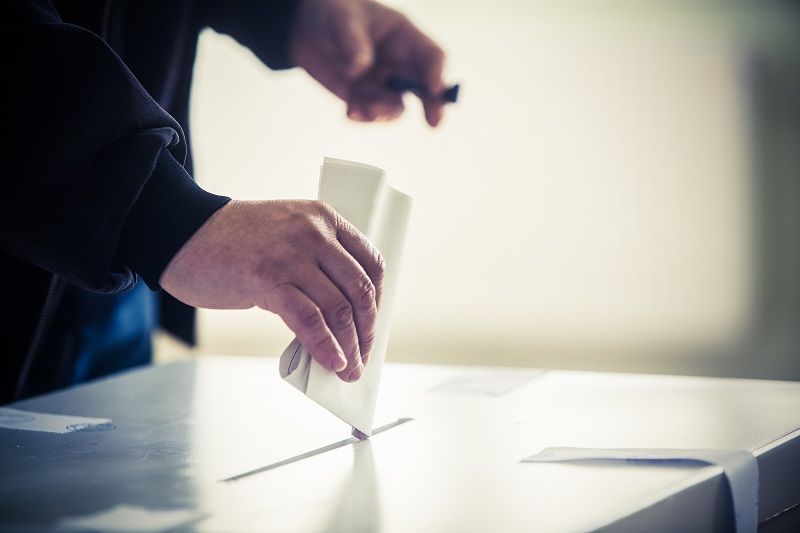By Sam Herrin
Metro’s 2023 Regional Transportation Plan calls for expanding many different high-capacity transit lines but includes no mention of reducing the most costly ones.
As of this spring, the WES commuter rail from Beaverton to Wilsonville only sees 450 daily boardings. That is only 225 riders, assuming a round trip. To put that in perspective, the least popular of the five MAX rail lines, the Orange Line, has more than 5,000 daily boardings. Meanwhile, the Blue Line has almost 30,000.
Metro intended WES to be a huge success, predicting between 3,000 to 4,000 daily riders by 2020. At the height of its ridership, WES barely exceeded 2,000 daily boardings and, right before the pandemic, consistently saw fewer than 1,500.
This ghost train is not just a waste of space, but a huge waste of money. Each ride costs taxpayers $103. Multiplied by the daily boardings, WES costs taxpayers more than $46,000 every day it runs.
Eliminating this line would cost money in the near term, but getting rid of a consistent financial drain would save taxpayers millions in the long run. Before expanding public transit, Metro should eradicate underperforming train lines first.
Sam Herrin is a Research Associate at Cascade Policy Institute, Oregon’s free market public policy research organization.
